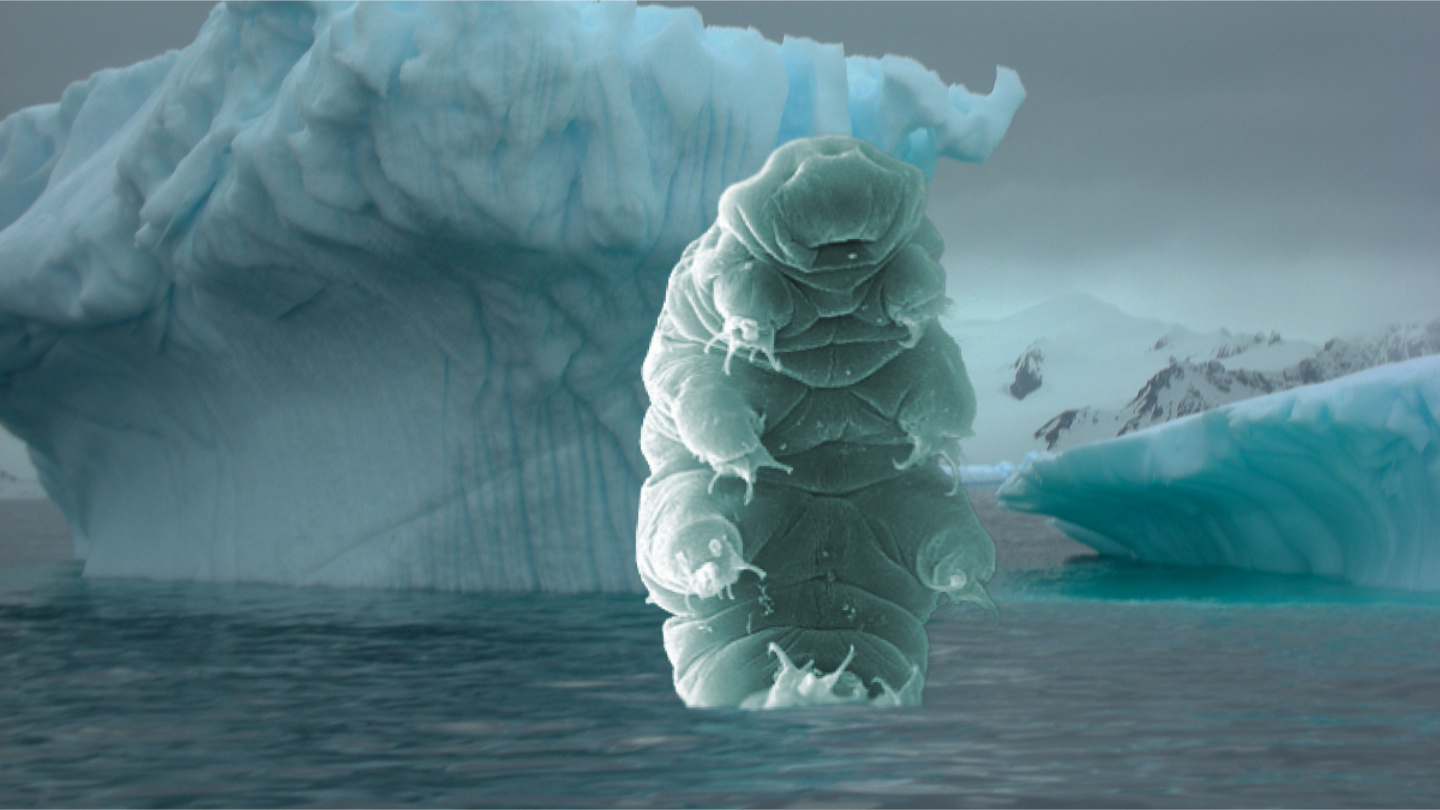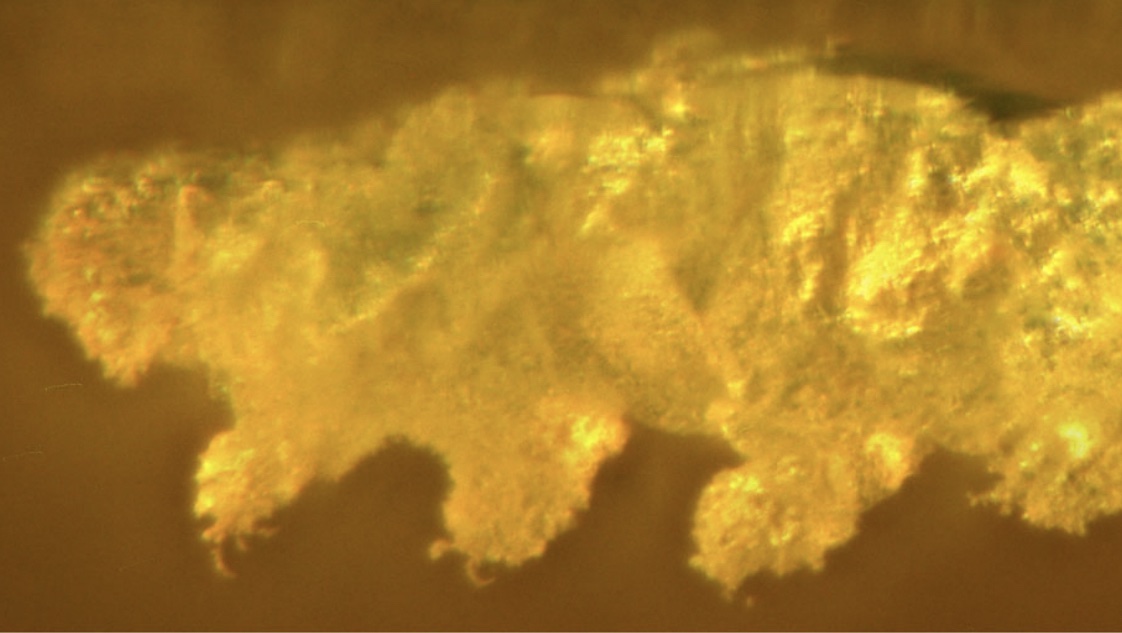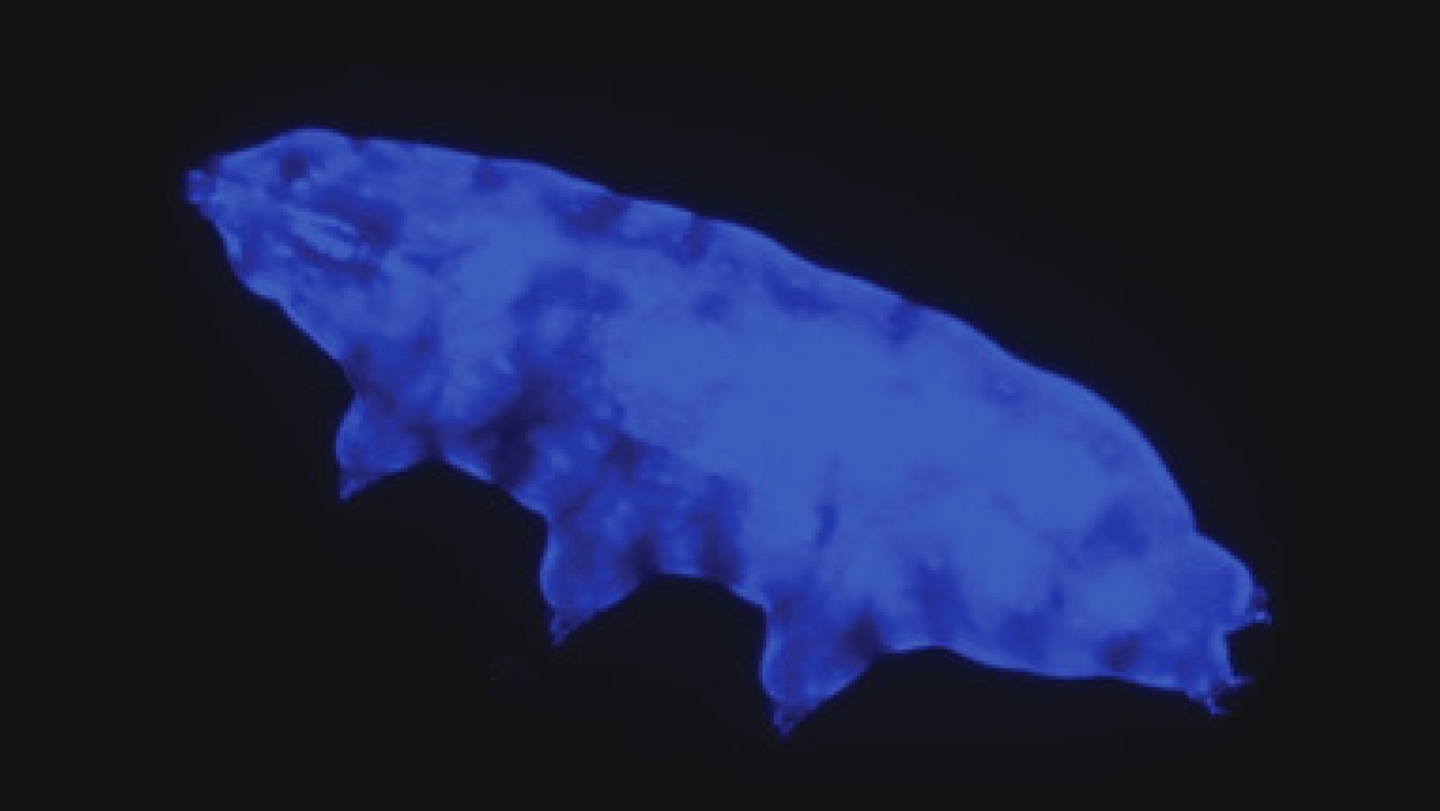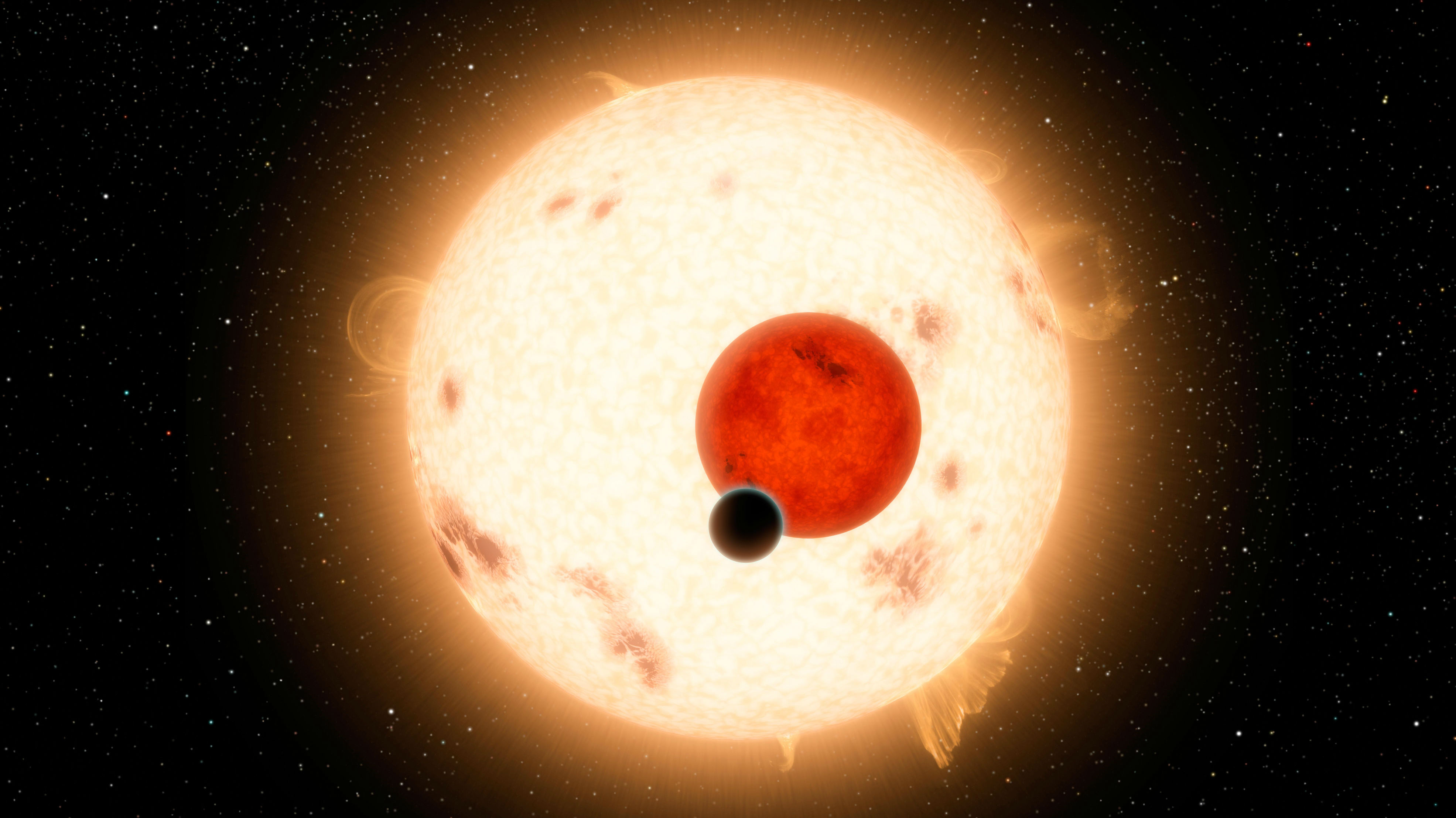How tardigrades and other extremophiles adapt to alien-like environments

- Evolution has enabled life to inhabit nearly every corner of Earth.
- Examples of life's impressive adaptive abilities include deep-sea marine life, fungi, and tardigrades.
- These bizarre creatures show that nature never fails to surprise.
One of life’s most basic properties is that it can adapt to its environment. In fact, that’s a key part of NASA’s working definition: Life is a self-sustaining chemical system capable of Darwinian evolution. And the most powerful tool for adaptation used by any species is natural selection—the mechanism by which its genetic traits change over time.
The first life form that arose on our planet—commonly referred to as LUCA (Last Universal Common Ancestor)—was a rather primitive microbe, but the organisms that followed it diversified wildly over billions of years. Natural selection allowed life to inhabit nearly every place on Earth, including several kilometers below ground and at the bottom of the oceans that cover most of the surface. The number of habitats, their varying degrees of complexity, and the ability of evolution to come up with creative ways to make an environment livable are simply breathtaking.
Prime examples of this adaptive ability are the fish and invertebrates living in the deep ocean. These creatures are often colorless. Many don’t even have functioning eyes, because who needs vision when you live thousands of feet below the water line, where the sun never shines? Instead, deep-sea fish evolved unusually big and razor-sharp teeth. If they’re lucky enough to catch something in pitch darkness, they don’t want it to swim away. To get an idea of the diversity of deep-sea animals, check out the World Register of Deep-Sea species. (The makers of Star Wars were probably thinking of some of these when they imagined extraterrestrial ocean dwellers).
Extreme adaptations
Deep-sea fish are great examples of adaptation to tough circumstances, but in my view, they’re not even the most remarkable. Species that can survive in niches considered extreme (by human standards) are known as extremophiles. The term is mushy, however, because it is not always clear what we mean by “human standards.” Objectively speaking, you could even think of us as extremophiles because we breathe oxygen, a tough compound to handle because of the damage radical oxygen compounds do to the body. For the first microbial inhabitants of Earth, oxygen was a toxin. In fact, it caused a major mass extinction, called the Great Oxidation Event, about 2.4 billion years ago.
Typically, when scientists talk about extremophiles, they’re thinking of microbes that exist where no other life forms can. But certain animals and plants can also be extremophilic. My own favorite survivors from the plant kingdom are resurrection plants, which, even though they can look completely dead and decayed, come back to life and restart photosynthesis after a few drops of water are added. They can lose as much as 95 percent of their water content, but within 24 hours of rewatering are fully photosynthetically active again and with little or no tissue damage. The period of near-death can last for quite a long time—Craterostigma can go without water for at least two years.
Even more impressive is Ramonda myconi, also known as Pyrenean violet, which not only can survive in cold habitats (most resurrection plants live in tropical or subtropical climates) but has an average life span of 200 to 250 years! A paper by Beatriz Fernández-Marín from the University of Basque Country in Spain details how the Pyrenean violet does it. While most resurrection plants accumulate sugars as a response to extremely dry conditions, Ramonda myconi uses antioxidant compounds to drive secondary metabolic reactions. The sugars help the plants survive in low temperatures by protecting against osmotic stress and helping to stabilize cellular membranes.
Tardigrades and fungi
My favorite survivor from the animal kingdom is the tardigrade, a group of species also known, endearingly, as water bears or moss piglets. Tardigrades can withstand temperatures from near absolute zero up to 151o Celsius, pressures ranging from vacuum up to 6,000 times normal sea-level pressure on Earth, and radiation doses of up to 5,000 Gray (1,000 times higher than any other known animal). They also can survive with almost no water. They do this by going into a dormant state called a tun, during which nearly all the water in their bodies (which would ordinarily freeze and form ice crystals at low temperatures) is replaced by sugar.
One of these moss piglets, Hypsibius dujardini, was even found to withstand acceleration forces of 16,000 Gs! By comparison, a sustained force of 16 Gs can be deadly for humans.
Because of their remarkable toughness, tardigrades have been suggested as likely candidates to “colonize” other planets with terrestrial life forms. I’m not so sure, though. Moss piglets might survive the interplanetary journey (would they even need much of a spaceship?), but only in their dormant tun state. When they wake up, they would need food—plants, algae, and small invertebrate animals—to survive. More likely, if we decide to colonize other worlds, we would send microbes as the first interplanetary life forms from Earth.
There are also amazing adaptations in the kingdom of fungi. This is an incredibly diverse group of species, and every mycologist has their favorite. My selected pick here is a bizarre family of macroscopic subsurface organisms known as Armillaria. Because it is pathogenic to trees, it’s also known as honey fungus or Armillaria root disease. These fungi are incredibly large. One genetically uniform colony detected in Oregon is nearly ten square kilometers in size, and is estimated to be between 1,900 and 8,650 years old. The total weight of the colony is about 600 tons, meaning that if we consider it to be a single organism, it’s the largest one on Earth. (Personal note: Although Armillaria is one impressively huge fungus, I’m much more a fan of the yeast Saccharomyces cerevisiae, also known as Baker’s yeast, an essential ingredient for making bread and beer!)
Once again, the lesson to be drawn from these bizarre creatures is that nature never fails to surprise. And that’s just on our own familiar planet. Imagine the variety we might find on alien worlds very different from our own in terms of their environmental conditions—such as in the deep ocean of Europa or on a super-Earth outside of our Solar System.





